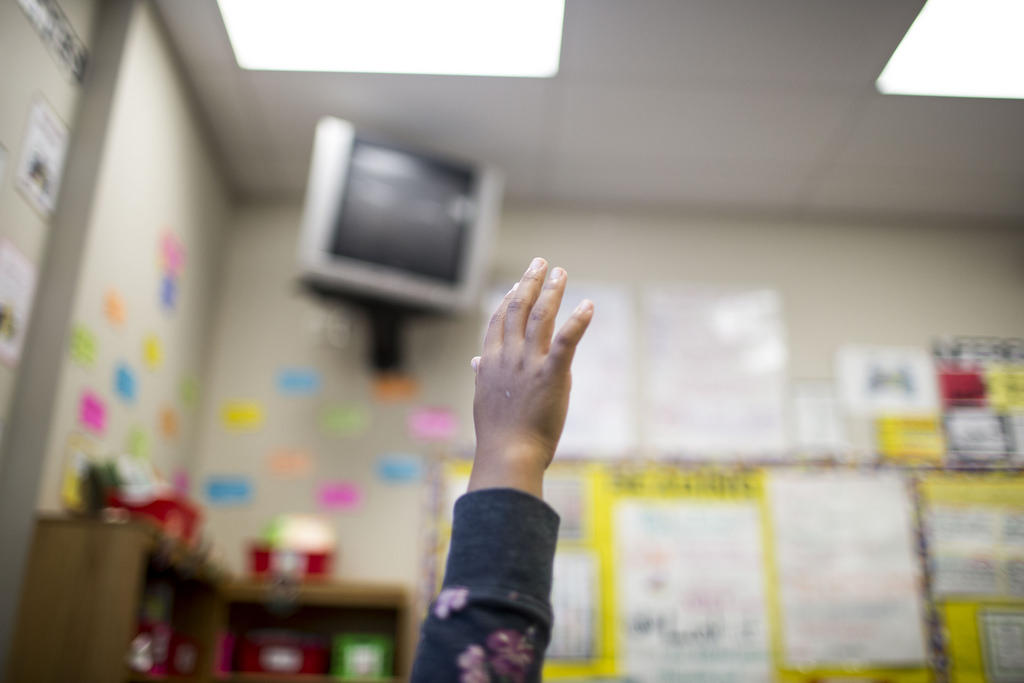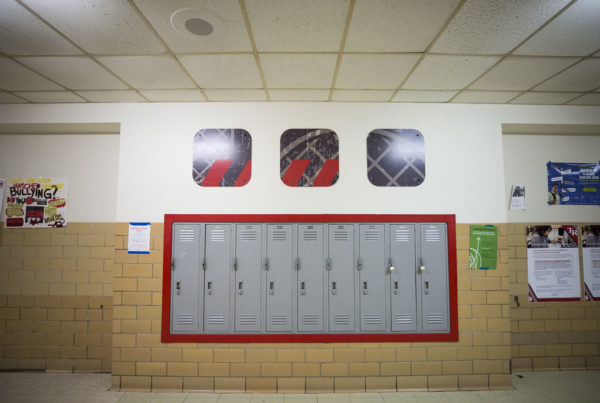In most urban school districts, black and Latino students don’t perform as well on standardized tests as their white and Asian peers. That’s true in the Texas capital city and you’ll find a similar story across much of Texas.
KUT Austin Education Reporter Claire McInerny wanted to find out why. She produced a half-hour radio documentary looking into the achievement gap and efforts to close it in the Austin Independent School District.
McInerny says the gap among kids from different ethnic groups happens in cities around the nation, not just Austin.
“I found there’s no place that has truly solved it on a big scale, and so I just wanted to spend some time with it,” McInerny says.
Test scores matter because state and federal laws use results to evaluate schools. The “No Child Left Behind” law bases funding formulas on scores, and Texas law says schools whose students fail for too long will be deemed unacceptable, and could even be subject to closure. McInerny says Congress would have to act to change the current emphasis on test scores in federal law.
McInerny tells the story of an Austin elementary school principal who tried to address the achievement gap. His efforts were innovative and successful. In a school with a predominantly low-income, minority student population, the program achieved test scores that were among the highest in the district “which is almost unheard of in the world of education – to have a school full of kids living in poverty, doing just as well as a school where there’s no poverty,” McInerny says.
But the program was controversial.
“People felt that it was just test prep, and that it was too strict on these little kids, to just focus on [vocabulary] words. And they called it ‘drilling and killing.’ So it didn’t really spread to other schools,” McInerny says.
Solutions to the achievement gap aren’t clear, McInerny says.
“I did a story where there was no tidy bow at the end,” McInerny says. “It’s just a big gray area… I kind of wanted to do a story in that gray area to show [that] no one has an answer that’s going to work for every school, but it’s really [a] complicated conversation.”
Written by Shelly Brisbin.

















